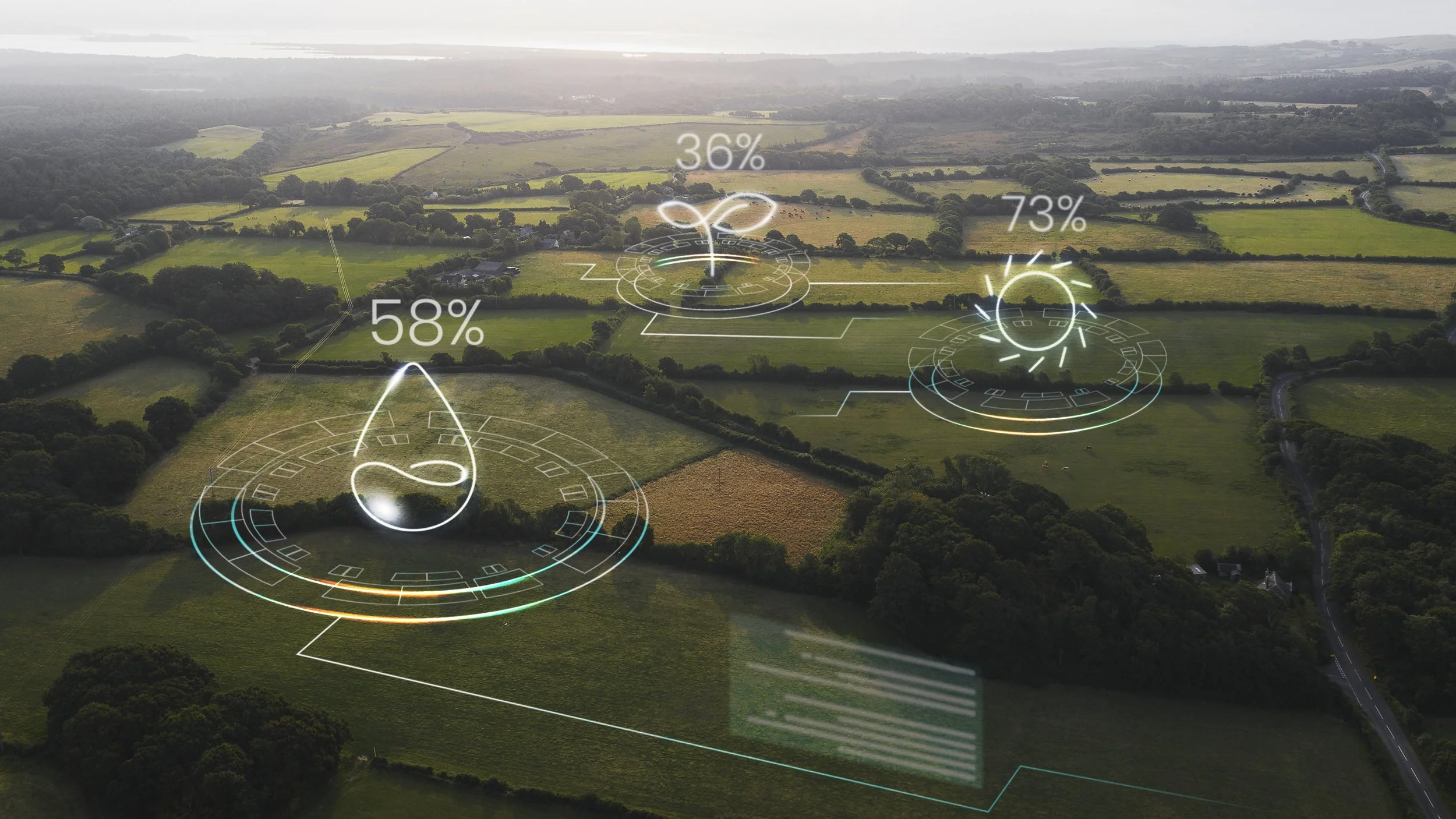Everyday intelligence: Does AI have a place in Africa’s streets and farms
Artificial intelligence often carries an aura of futurism, conjuring images of gleaming laboratories in Silicon Valley or Shanghai. In Africa, however, its impact is beginning to seep into far less rarefied settings: the smallholder farm, the informal market stall, the corner shop. The question is whether AI will become a genuine tool of empowerment for millions or simply another technology that amplifies existing divides.
Agriculture offers the clearest glimpse of its potential. More than half of sub Saharan Africa’s workforce still toils on small plots of land, with output vulnerable to erratic weather and crop disease. AI powered tools, whether mobile apps that forecast rainfall, chatbots that diagnose plant blight, or satellite based pest tracking, are helping farmers manage risks once left to intuition. In Kenya and Nigeria, AI driven precision farming has reportedly lifted incomes by around 15% for hundreds of thousands of smallholders. Crucially, many of these tools are designed for those without smartphones or high literacy: voice prompts, SMS alerts, and community kiosks make the technology usable even in places where connectivity is patchy and literacy low.
The technology is also creeping into the informal economy that sustains urban Africa. Market vendors and street traders, who rarely feature in glossy AI presentations, are beginning to benefit from simple analytics tools that predict demand and help reduce spoilage. Mobile money platforms, turbocharged by AI driven credit scoring, are extending loans to entrepreneurs previously ignored by formal banks.
Yet the risks are clear. Technology in Africa has a history of uneven diffusion. Those with better access to connectivity and education reap most of the benefits, while poorer or more remote communities risk being left further behind. Without deliberate efforts such as developing AI in local languages, building low cost interfaces, and embedding training into community networks, AI could entrench rather than ease inequality.
There are also indirect effects. Farmers need not hold a smartphone to gain from AI driven policy tools that predict droughts, track locust swarms, or guide extension services. Here, the onus falls on governments and aid agencies to put data to use in ways that strengthen resilience at scale.
AI, then, is not a distant luxury for Africa’s elites, nor is it yet a universal equaliser. It is becoming part of the fabric of daily life, in forms that are modest but consequential: a text alert, a weather forecast, a microloan. Its future in Africa will depend less on cutting edge breakthroughs than on how well it is adapted to the realities of rural fields and informal markets. The revolution, if it comes, will be measured not in patents or research labs, but in the incomes and security of ordinary people.

